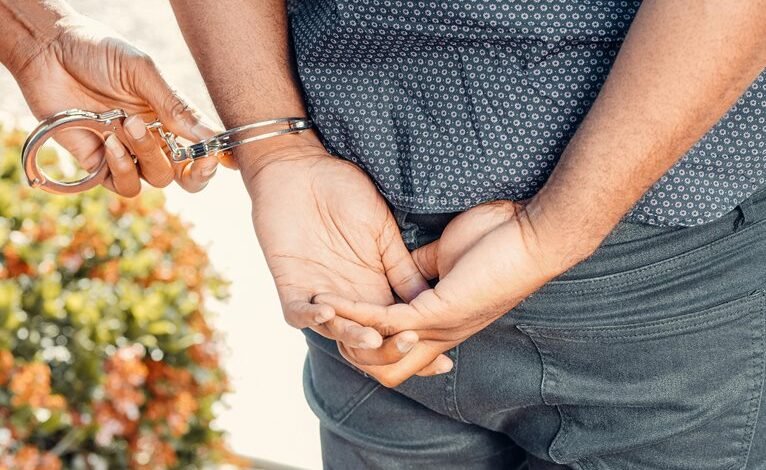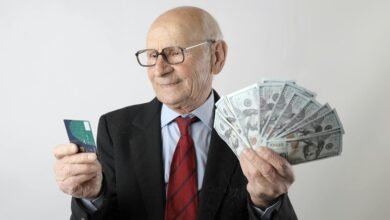Snapinista: Analisando o Impacto das Imagens no Processo Judicial

The integration of visual evidence in courtroom settings has transformed the judicial process. Research indicates that imagery can significantly influence juror decisions, shaping perceptions and emotional responses. However, the impact of visuals also raises concerns about misinterpretation and biases. As the use of images becomes increasingly prevalent, understanding their effects on justice outcomes is essential. What implications might this have for the integrity of the legal system?
The Role of Visual Evidence in Courtroom Dynamics
Visual evidence frequently plays a pivotal role in shaping courtroom dynamics, influencing both juror perception and case outcomes.
Effective visual storytelling enhances courtroom presentation, capturing attention and conveying complex information succinctly. By utilizing photographs, diagrams, or videos, attorneys can create a compelling narrative that resonates with jurors, fostering a deeper understanding of the case.
This strategic use of visuals can ultimately sway decisions during trials.
The Psychological Effects of Imagery on Juror Decision-Making
Imagery profoundly influences juror decision-making by tapping into cognitive processes that shape perception and emotional responses.
Visual elements can enhance memory recall, serving as powerful cues that trigger specific recollections.
Furthermore, emotional persuasion is heightened through impactful imagery, often swaying jurors' opinions and judgments.
Such psychological effects underscore the critical role that visual content plays in shaping the outcomes of judicial proceedings.
Social Media's Influence on Public Perception of Legal Cases
As social media platforms increasingly dominate public discourse, their impact on the perception of legal cases has become a focal point of concern for legal professionals and scholars alike.
Social media shapes public perception by disseminating selective information, fostering emotional responses, and influencing opinions before formal verdicts. This dynamic raises questions about the integrity of the judicial process and the potential for bias in juror decision-making.
Conclusion
In summation, the study underscores the significant sway of stunning visuals in the judicial sphere. The potent interplay of perception and emotion can profoundly impact juror judgments, creating a complex canvas of cognitive influences. As society increasingly shares sensational snapshots on social media, the potential for misinterpretation and bias looms large. Thus, the call for conscientious consideration of ethical standards in visual evidence is paramount, ensuring justice is served with clarity rather than confusion.





